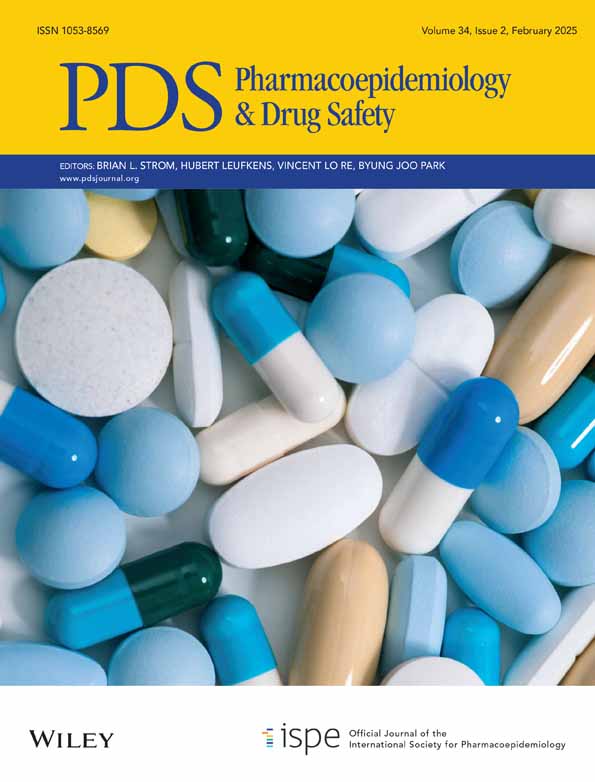Opioid Use After Hip Fracture and Subsequent Fracture Outcomes: A Self-Controlled Case Series Design
Funding: This work was supported by National Institute on Aging grant R21AG061632 to A.R.Z. and F.L.B. and by K24AG070106 to S.D.B. Dr. Zullo is also supported, in part, by National Institute on Aging grants R01AG065722 and R01AG077620.
ABSTRACT
Purpose
Hip fractures in older adults cause severe pain that often necessitates opioid use. However, opioids may trigger falls that result in subsequent fractures. Studies examining the effects of opioids on subsequent fractures are often limited by unmeasured confounding between opioid-treated and untreated persons. To overcome this limitation, we used a self-controlled case series (SCCS) design to investigate subsequent fracture risk during periods of opioid use after hip fracture.
Methods
The retrospective cohort included Medicare beneficiaries aged > 65 years who had a subsequent hip fracture within one year after an incident hip fracture (2012–2018). We estimated the risk of subsequent hip fracture in three exposure intervals according to the duration of opioid exposure: (1) The first 0–14 days of opioid exposure, (2) days 15–42 of exposure, and (3) opioid use beyond 42 days. We employed several approaches to modify the SCCS design to be more robust to assumptions, including adjustment for event-dependent exposures.
Results
The rate of subsequent fracture was greatest during opioid use across a variety of approaches. The effect within the first 14 days after initiating opioids was robust to SCCS design choices, ranging from IRR 1.12 (95%CLs 0.98, 1.28) to IRR 1.77 (95%CLs 1.52, 2.07). The effect of extended opioid use (> 42 days) ranged from IRR 2.49 (95%CLs 1.95, 3.18) to IRR 4.08 (95%CLs 3.06, 5.46).
Conclusions
Analyses indicate a consistent increased risk of subsequent fracture associated with opioid use and demonstrate the importance that SCCS assumptions must be carefully investigated for real-world applications.
Conflicts of Interest
The authors declare no conflicts of interest.




